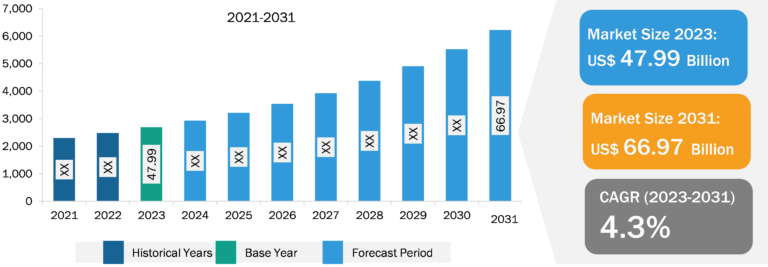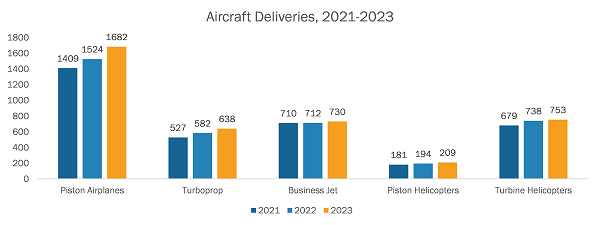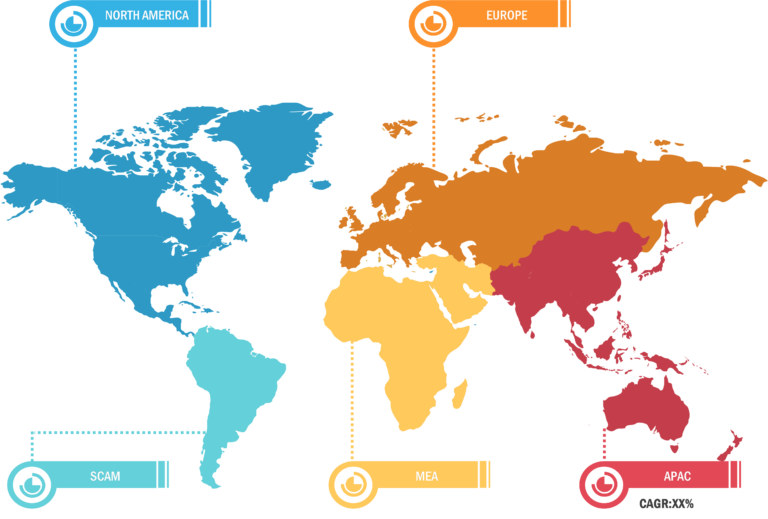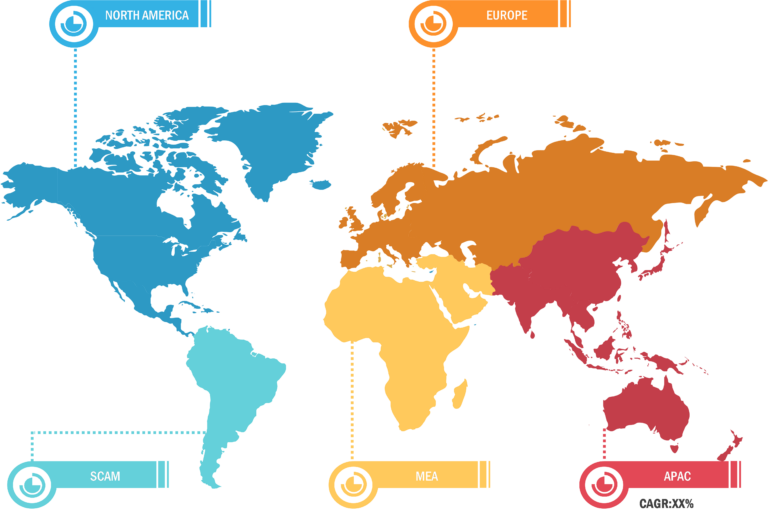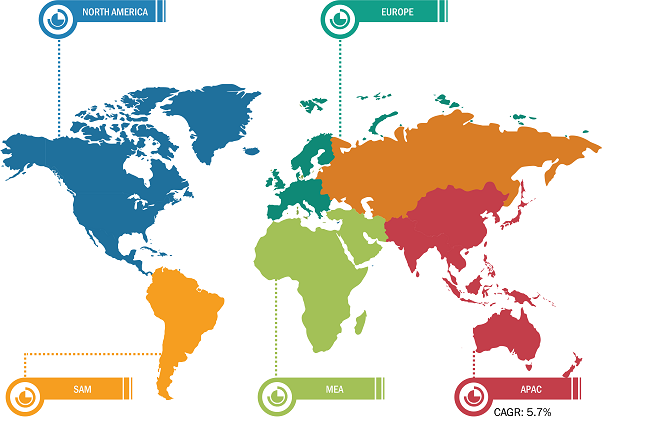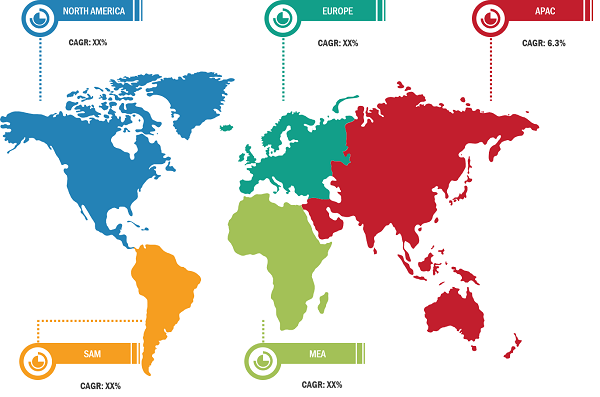
Nuclear Power Generation Market
Energy demand worldwide is increasing due to population outbursts and increasing industrialization. Various countries are seeking diverse and reliable energy sources to decrease their dependence on fossil fuels and ensure a stable energy supply. Nuclear power is one of the viable alternatives that can meet a significant portion of the electricity demand. It offers a consistent energy source that is less vulnerable to price variations and supply interruptions compared to fossil fuels. Nuclear power generates zero carbon emissions and doesn’t produce other toxic greenhouse gases through its operation. The lifecycle emissions of nuclear energy are also substantially lower than in fossil fuel-driven generation. Emissions-free nuclear energy is both clean and safe, as such it is a viable alternative to fossil fuels. Nuclear also produces a million times more energy per atom than the incineration of fossil fuels. Increasing energy demand owing to rise in industrialization and urbanization is boosting the requirement of alternative energy sources which is influencing the growth of nuclear power generation market.
Growing Demand for Electricity and Key Role of Nuclear Power in Future Energy Transition
The challenge of meeting the world’s rapidly growing energy demand while cutting greenhouse gas emissions is considerable. Global carbon dioxide (CO2) emissions related to energy increased to 33.3 Gt in 2019, the highest ever recorded and around 45% more than the level in 2000 (23.2 Gt). The year 2020 saw a 5.8% decrease in CO2 emissions and a roughly 4% decrease in primary energy demand as a result of the COVID-19 pandemic. In 2021, CO2 emissions increased by 5% to 33 Gt, returning to pre-pandemic levels. The demand for electricity is expanding mostly due to the increased electrification of end applications, including major appliances, ICT, transportation, and space cooling. Nuclear power can play a vital role in the energy transition apart from renewables and energy-efficient advanced technologies to achieve sustainable energy goals. However, challenges such as high initial capital expenditure must be effectively addressed to realize this potential. Regulatory support, along with technological innovations, is anticipated to determine the extent to which nuclear power is incorporated into the energy mix over the forecast period. Nuclear power is anticipated to be one of the key resources of electricity generation in the coming years. It is a viable source of power generation, offers low carbon emissions, and meets the demand for future power consumption. Thus, nuclear power is projected to boost the demand for nuclear power plants to attain the power generation targets of the future.

Nuclear Power Generation Market Analysis: Reactor Type Overview
In terms of reactor type, the global nuclear power generation market is segmented into pressurized water reactor, boiling water reactor, gas-cooled reactor, and others. The pressurized water reactor segment accounted for the largest nuclear power generation market share, accounting for 80.4% of the total market in 2022; it is expected to maintain its dominance during the forecast period. Pressurized water reactors (PWRs) use pressurized water as both a coolant and a moderator. In PWRs, a primary loop circulates high-pressure water to absorb heat from the nuclear fuel, preventing it from boiling. This heated water transfers its thermal energy to a secondary loop of lower-pressure water, which produces steam to drive turbines, ultimately generating electricity. PWRs are the most common type, using pressurized water for cooling and neutron moderation. Major economies across the world mainly adopt PWRs for generating power owing to advantages such as safety and reliability, redundant cooling systems, and robust engineering to prevent overheating and maintain stable operations. Apart from PWRs, boiling water reactors (BWRs) also use water but permit it to boil directly, generating steam for electricity. Both PWRs and BWRs are widely employed for their efficiency and safety features. Gas-cooled reactors (GCRs), such as high-temperature gas-cooled reactors (HTGRs), employ helium and other gases as coolants. These gas-cooled reactors operate at high temperatures and have various applications beyond electricity, such as hydrogen production and industrial processes. Other types of reactors include fast breeder reactors, light water graphite reactors, and fast neutron reactors.
Nuclear Power Generation Market Analysis: End User Overview
Based on end user, the global nuclear power generation market is categorized into residential, commercial, and industrial users. The industrial segment accounted for 45.3% of the overall nuclear power generation market share in 2022 and is expected to maintain its dominance from 2022 to 2030. This is owing to the rapidly increasing demand for electricity from industrial customers in across the world. Rapid economic development and industrial expansion in regions, specifically in Europe, North America, and Asia Pacific, stimulate the demand for nuclear power generation. The demand is further anticipated to be driven by other nations, such as China, India, Brazil, and Canada, during the forecast period.
Therefore, the surge in demand for clean power generation from industrial consumers worldwide, together with carbon emission reduction targets by industries, is further anticipated to bring in nuclear power generation market trends during the forecast period.
Nuclear Power Generation Market: Competitive Landscape and Key Developments
Electricite de France (EDF); China National Nuclear Corporation; KEPCO; Dominion Energy Inc.; General Electric; Duke Energy Corporation; Enel SpA; NextEra Energy, Inc.; State Atomic Energy Corporation; and Constellation Energy Corporation are among the key players profiled in the nuclear power generation market report. In addition, several other important nuclear power generation market participants have been studied and analyzed during the study to get a holistic view of the nuclear power generation market and its ecosystem. New product innovation, joint venture in terms of product innovation and geographical expansion are some of the key business strategies followed by the market players. As per company press releases, below are a few recent key developments:
| Year | News | Region |
| 2024 | EDF is aiming to invest £1.3 billion (US$ 1.65 billion) in its British nuclear power station. The company is proposing to extend the span of four nuclear power stations in the UK up to 2026. | Europe |
| 2023 | Korea Electric Power Corporation (Kepco) introduced an initial proposal to Turkey to take part in a project worth about €27 billion (US$ 30 billion) to develop four nuclear power plants in the European country. | Europe |

